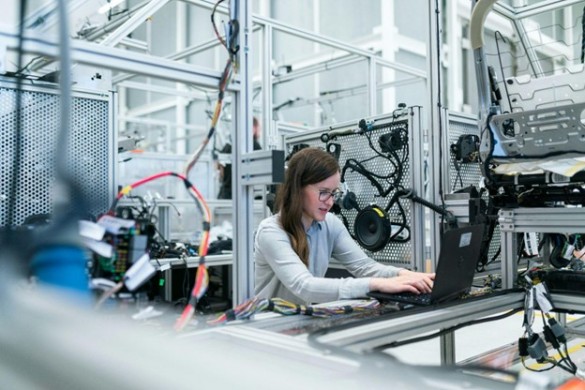Something rare just happened in crypto — and if you’ve been in the space long enough, you know that rarely does “rare” actually happen.

While much of the market has been struggling to find direction, Bittensor’s native token, TAO, has broken ranks — climbing to a new yearly high even as the broader crypto landscape pulled back. Though the token has since cooled off, this moment signals something significant: a fundamental shift in how innovation and value are being created in the world of artificial intelligence.
A Rare Market Decoupling
Crypto assets tend to move together. When Bitcoin sneezes, most altcoins catch a cold. This synchronized behavior — the “school of fish” effect — defines much of the industry’s rhythm.
But TAO’s recent divergence challenges that pattern. Bittensor appears to be decoupling from Bitcoin’s gravitational pull, suggesting that investors see it as more than just another speculative asset. Instead, it’s being recognized for its real-world utility and distinct value proposition — one that merges the decentralization ethos of crypto with the explosive potential of artificial intelligence.
The Bitcoin of AI
Seventeen years ago, Bitcoin redefined finance by proving that money could operate without permission. It allowed anyone, anywhere, to transact without the oversight of banks or governments.
Now, Bittensor is applying that same principle to artificial intelligence. Its network enables anyone to contribute computing power, data, or machine-learning models — and to earn rewards in return. No central authority, no corporate gatekeepers, and no venture capital approval needed.
This “open AI economy” represents a bold challenge to the dominance of tech giants. Instead of relying on closed systems like OpenAI or Google’s data centers, Bittensor’s model distributes AI development across a decentralized network — one that belongs to its participants, not a single company.
Breaking the Permission Problem
In today’s world, starting an AI company often requires permission at every turn — from chip makers like Nvidia, from investors for funding, and from regulators for operational licenses. This tight grip has already made the AI sector feel monopolized before it’s even matured.
Bittensor flips that power dynamic. It allows developers to “spin up” their own subnets — small, independent AI ecosystems — where anyone can participate. Developers contribute models, operators provide infrastructure, and token holders support the best-performing subnets through staking.
The result is a fully permissionless system of innovation, powered not by hierarchy or capital, but by open competition and incentives written into code.
The Subnet Revolution
Each subnet on Bittensor functions like a mini-startup. Some focus on detecting deepfakes, others train large language models, generate 3D visuals, or even build prediction markets. Each subnet has its own token (called “alpha tokens”) and its own incentive mechanisms — creating a self-sustaining micro-economy.
But here’s the key: to acquire or interact with these subnet tokens, users need TAO. Every subnet transaction drives demand for the network’s native asset. As new subnets are launched and institutional participation grows, this constant cycle of activity reinforces TAO’s scarcity and value — much like gas fees sustain Ethereum’s economy.

Source: create.vista.com
The Repricing Event
What we’re witnessing isn’t just price appreciation — it’s a repricing event. The market is beginning to value decentralized AI infrastructure as a category of its own.
Nvidia builds tools for centralized AI. Bittensor builds the foundation for decentralized AI. If the analogy to the early internet holds, we may be watching the “TCP/IP moment” of artificial intelligence — when open protocols quietly begin to outperform closed systems.
In the early 1990s, AOL was the household name for online access, while TCP/IP was an obscure technology used by hobbyists. A decade later, AOL faded, and the open internet transformed global communication. Bittensor could represent that same kind of shift — but this time, for machine intelligence.
From Permissioned to Permissionless Progress
TAO’s rally isn’t just hype; it reflects a deeper philosophical change in how the world builds technology. We’re moving from permissioned progress — controlled by corporations and gatekeepers — to permissionless progress, where innovation emerges organically from global collaboration.
As Bittensor’s ecosystem grows — with subnet liquidity on exchanges, institutional subnet funds, and community-driven model development — its network effects expand not linearly, but exponentially. Each new subnet, each developer, and each staker adds compounding value to the entire ecosystem.
The Road Ahead
Of course, it’s still early. Volatility is part of the story — and not every subnet will succeed. But the direction of movement is unmistakable.
Bittensor is not just building another token economy; it’s building a marketplace for intelligence itself — one that’s open, scalable, and inherently fair.
Just as Bitcoin redefined money, Bittensor may redefine how machines learn, create, and interact. The market seems to be waking up to that possibility — and if history is any guide, it’s only the beginning.
Learn from market wizards: Books to take your trading to the next level

 Hot Features
Hot Features











